A bonded warehouse is a secure facility authorized by the Customs and Border Protection (CBP) agency where imported goods can be stored without the payment of duties or taxes until they are ready to be released into the domestic market. This article will explore the various aspects of bonded warehouse applications to CBP, providing a comprehensive understanding of the benefits, requirements, challenges, and best practices associated with setting up and operating a bonded warehouse.
What is a bonded warehouse and its purpose?
A bonded warehouse serves as a temporary storage facility for imported goods that have not yet cleared CBP inspection and received the necessary entry documentation. A customs bonded warehouse is a specific type of facility authorized by CBP for the storage of imported goods under bond. The primary purpose of a bonded warehouse is to provide a secure location where these goods can be stored without the immediate payment of duties or taxes, alleviating financial burden and facilitating efficient supply chain operations.
By deferring the payment of duties and taxes, customs bonded warehouses offer importers and exporters numerous advantages, including greater cash flow flexibility, improved inventory management, and enhanced trade facilitation. Unlike foreign trade zones, which are considered outside the US customs territory for duty purposes, customs bonded warehouses are located within the customs territory and are used to manage imported goods before they enter the domestic market.
Understanding the role of CBP in bonded warehouse applications
CBP plays a crucial role in the approval process for bonded warehouse applications. As the regulatory authority responsible for overseeing the movement of goods across the U.S. borders, CBP establishes the requirements and guidelines that applicants must satisfy to obtain approval for a bonded warehouse.
CBP’s primary objective is to ensure compliance with customs laws and regulations, maintain the integrity of the supply chain, and protect the revenue of the United States. Through the bonded warehouse application process, CBP evaluates the applicant’s operational and security protocols to determine their suitability for operating a bonded warehouse. A customs officer or authorized representative is responsible for reviewing the application and conducting inspections to verify compliance and facility standards.
The port director’s decision to approve or deny the application constitutes the final customs administrative determination regarding the bonded warehouse application.
Benefits of utilizing a bonded warehouse for importers/exporters
The utilization of a bonded warehouse offers significant benefits for importers and exporters. One of the key advantages is cash flow flexibility. By deferring the payment of duties and taxes until the goods are released into the domestic market, businesses can allocate their financial resources to other critical areas such as marketing, production, or research and development. Bonded warehouses are often used for goods intended for domestic consumption, allowing importers to defer duties until the goods are withdrawn specifically for this purpose.
Moreover, bonded warehouses provide importers and exporters with the opportunity to optimize their inventory management processes. By strategically storing goods in a bonded warehouse, businesses can take advantage of fluctuating market demands, mitigate risks associated with changing tariffs or trade policies, and ensure a steady supply of products.
Types of goods that can be stored in a bonded warehouse
Various types of goods can be stored in a bonded warehouse, including but not limited to:
- Raw materials for manufacturing
- Finished goods awaiting distribution
- High-value goods
- Perishable goods
- Hazardous materials
- Goods subject to quotas or restrictions
- Imported animals
- Seized merchandise
Such merchandise may include items stored for various purposes, and depending on the type of warehouse, it may be operated solely for the storage of merchandise belonging to the applicant or for other parties.
It is essential to note that there are certain goods, such as firearms or narcotics, that are prohibited from being stored in a bonded warehouse under CBP regulations. Applicants must familiarize themselves with these restrictions to ensure compliance.
Step-by-step process of applying for a bonded warehouse with CBP
The application process for obtaining approval for a bonded warehouse from CBP involves several crucial steps:
- Initial consultation: The applicant meets with CBP officials to discuss the requirements, processes, and obligations associated with operating a bonded warehouse.
- Application submission: The applicant completes and submits the necessary customs form, along with a blueprint showing measurements of the proposed warehouse, a lease covering the premises if applicable, certificates from insurance companies stating fire insurance coverage, a procedures manual describing inventory control and security, and detailed business data including financial and business data. The application must also disclose all persons with a direct or indirect financial interest in the operation. Additionally, the application should specify whether the facility is one warehouse facility or includes multiple warehouses located at one street address or three different street addresses, noting that each warehouse located at a different address is considered a separate facility. The premises covered by the application must be clearly defined, and minimum space requirements may apply as set by the port director.
- On-site inspection: CBP conducts a thorough inspection of the proposed facility to verify compliance with security and operational standards, including verification of bonded yards if applicable.
- Review and approval: CBP reviews the application, supporting documentation, and inspection report to assess the applicant’s suitability for operating a bonded warehouse facility. The application should include an estimate of the maximum duties that may be due on all merchandise in the warehouse at any one time. The applicant will be promptly notified of the decision upon completion of the review.
Key requirements for obtaining approval for a bonded warehouse from CBP
Certain key requirements must be met to obtain approval for a bonded warehouse from CBP:
- Proof of financial solvency and capacity to meet obligations
- Adequate security measures to prevent theft or unauthorized access, including physical security measures to protect the facility and merchandise
- Compliance with applicable health, safety, and environmental regulations
- Sound operational procedures to ensure efficient receipt, storage, and release of goods, supported by a procedures manual describing operational protocols that includes inventory control and the store’s procedures for handling, storage, and delivery
- Robust inventory control and record-keeping systems
Applicants must thoroughly review and satisfy these requirements to increase their chances of obtaining CBP approval.
Common challenges faced during the bonded warehouse application process
The bonded warehouse application process can present certain challenges that applicants need to be aware of and address accordingly. These challenges may include:
- Complex documentation requirements and meticulous record-keeping obligations
- Stringent security standards and the need for robust infrastructure
- Long processing times and potential delays due to CBP’s evaluation procedures
- Compliance with evolving regulatory and trade policies
- Navigating the interplay between federal, state, and local regulations
- For a business entity, additional requirements such as background checks for employees and management may apply
Applicants may also need to obtain approval or documentation from an authorized official during the process.
By understanding these challenges and engaging in proactive planning, applicants can effectively navigate the bonded warehouse application process.
Tips for successfully navigating the CBP application process for a bonded warehouse
Successfully navigating the CBP application process for a bonded warehouse requires careful preparation and attention to detail. Here are some tips to increase your chances of a seamless approval:
- Thoroughly familiarize yourself with CBP regulations and requirements
- Engage the services of legal and customs experts to assist with the application
- Consider appointing an authorized representative to liaise with CBP and facilitate the application process
- Ensure your documentation is accurate, complete, and organized
- Develop a robust security plan and implement necessary safeguards
- Establish strong relationships with CBP officials and stay in close communication throughout the process
- Regularly update and maintain your operational and security protocols
By following these tips, you can streamline the application process and increase your chances of obtaining CBP approval for your bonded warehouse.
How long does it take to get approval for a bonded warehouse from CBP?
The timeline for obtaining CBP approval for a bonded warehouse can vary depending on several factors, such as the complexity of the application, the completeness of the documentation, and CBP’s workload at the time of submission. On average, the process can take several months, ranging from three to six months or longer.
It is essential to plan accordingly and factor in ample time for the application process when considering the establishment of a bonded warehouse.
Cost considerations when setting up and operating a bonded warehouse
Setting up and operating a bonded warehouse involves various cost considerations that applicants must carefully evaluate. Some of the major costs include:
- Lease or purchase of a suitable facility
- Infrastructure upgrades and security systems
- Personnel salaries and benefits
- Inventory management systems and technology
- Maintenance and compliance costs
A thorough cost analysis should be conducted to ensure the financial viability of the bonded warehouse and identify potential cost-saving opportunities.
Fire Insurance and Storage Considerations for Bonded Warehouses
When establishing a bonded warehouse, ensuring proper fire insurance coverage is a critical requirement under customs laws. The warehouse facility must be adequately insured against fire risks to protect both the merchandise and the interests of customs authorities. As part of the application process, the proprietor is required to provide reasonable assurance to the port director that the facility meets fire insurance purposes. This typically involves submitting a certificate signed by an insurance company stating that the building is acceptable for fire insurance coverage. If fire insurance is not available from one provider, certificates from two insurance companies may be necessary to demonstrate that the warehouse facility is suitable for fire insurance purposes.
Beyond insurance, the storage conditions within a bonded warehouse must adhere to strict standards to ensure the safety and security of the goods under CBP supervision. The warehouse must be equipped with robust inventory control systems, allowing for accurate tracking and management of merchandise at all times. The proprietor’s procedures manual should detail how inventory is handled, stored, and monitored, providing reasonable assurance that all goods are accounted for and protected from loss or damage.
Security is another essential aspect of storage considerations. The warehouse facility must implement measures such as secure locks, surveillance cameras, and restricted access to prevent unauthorized entry and safeguard the merchandise. Additionally, the facility should be located in an area that is easily accessible to customs officers, ensuring that CBP supervision can be maintained at all times.
By addressing fire insurance coverage, maintaining high standards for storage and security, and ensuring compliance with customs laws, bonded warehouse proprietors can provide the necessary assurances to customs authorities and protect their business interests.
Compliance and regulatory requirements for maintaining a bonded warehouse approved by CBP
Once approval has been granted and a bonded warehouse is operational, it is essential to comply with the ongoing regulatory requirements set forth by CBP. These requirements may include:
- Maintaining accurate inventory records and submitting periodic reports to CBP
- Adhering to security protocols and conducting regular inspections
- Ensuring compliance with customs laws and regulations
- Maintaining customs custody of imported merchandise, including proper recordkeeping and reporting of any shortages or damages as required by Customs regulations
- Continuously monitoring and updating operational procedures to reflect changing requirements
Failure to fulfill these compliance obligations may result in sanctions or the revocation of CBP approval.
Understanding the responsibilities and obligations of operating a bonded warehouse under CBP supervision
Operating a bonded warehouse under CBP supervision comes with specific responsibilities and obligations that applicants must be prepared to fulfill. These responsibilities include:
- Maintaining the security and integrity of the bonded warehouse
- Complying with CBP’s record-keeping and reporting requirements
- Facilitating CBP inspections and audits of the facility and inventory
- Cooperating with CBP officials and providing access to relevant documentation
- Adhering to all customs laws and regulations
The warehouse proprietor is responsible for managing inventory, authorizing examinations, and ensuring compliance with all applicable Customs regulations. Such proprietor must fulfill all regulatory obligations, including those specific to an applicant duty free store if the warehouse is intended to operate as or include a duty-free shop.
It is important to fully understand and commit to these obligations before embarking on the journey of operating a bonded warehouse.
Best practices for managing inventory and documentation within a bonded warehouse environment
Effective management of inventory and documentation is essential for smooth operations within a bonded warehouse environment. Here are some best practices to consider:
- Implement robust inventory control systems that provide real-time visibility of stock levels, storage locations, and expiration dates
- Regularly conduct physical inventory counts and reconcile them with electronic records
- Establish a document management system that ensures easy retrieval of necessary customs documentation and facilitates compliance with record-keeping requirements; documentation should reference the harmonized tariff schedule for proper classification and valuation
- Develop and maintain a proprietor’s procedures manual that details inventory control, recordkeeping, and procedures to deliver merchandise in compliance with customs regulations
- Establish clear procedures to deliver merchandise, ensuring all legal and customs requirements are met for exporting or transferring goods
- Train staff on proper inventory handling, storage, and documentation procedures
- Regularly review and update internal control procedures to maintain efficiency and accuracy
By adopting these best practices, bonded warehouses can ensure streamlined operations and minimize the risk of errors or compliance issues.
How to leverage the benefits of a bonded warehouse to optimize supply chain operations
A bonded warehouse offers significant opportunities to optimize supply chain operations. By strategically utilizing this facility, businesses can:
- Mitigate risks associated with fluctuating tariffs or trade policies
- Minimize lead times by storing goods closer to the point of market demand
- Facilitate just-in-time inventory management and reduce storage costs
- Streamline customs clearance processes and improve overall supply chain efficiency
By leveraging the benefits of a bonded warehouse, businesses can gain a competitive advantage in today’s dynamic global marketplace.
Case studies: Success stories of companies utilizing a CBP approved bonded warehouse
Several success stories highlight the benefits and value that companies have gained from utilizing a CBP approved bonded warehouse. These case studies illustrate the positive impact on their supply chain operations, financial management, and overall business performance.
One such example is Company X, a global electronics manufacturer. By establishing a bonded warehouse, Company X was able to reduce its inventory holding costs, streamline the distribution process, and respond swiftly to customer orders. The bonded warehouse enabled the company to enhance its competitiveness and strengthen customer relationships by ensuring quick and uninterrupted product availability.
Exploring such case studies can provide valuable insights and inspiration for businesses considering the utilization of a bonded warehouse.
Exploring alternative storage options: Bonded warehouses vs traditional warehouses
While bonded warehouses offer numerous advantages for certain businesses, it is essential to explore alternative storage options to determine the most suitable solution for specific needs. Traditional warehouses, for example, may be more appropriate for short-term storage or businesses that do not require duty or tax deferral.
There are different types of bonded warehouses, including public bonded warehouses and private bonded warehouses. A public bonded warehouse is a facility open to multiple users, allowing various importers to store goods under customs bond, and is subject to specific regulatory and operational standards. In contrast, a private bonded warehouse is operated exclusively by a single proprietor for their own merchandise, with distinct application procedures, security, and recordkeeping requirements.
Duty free stores and duty free stores are specialized types of bonded warehouses, typically located at airports or border crossings, where conditionally duty-free merchandise is sold for export outside the customs territory. These stores must comply with exit point facility requirements, including governmental approval and restrictions on sales to personal-use quantities. Public bonded warehouses play a key role in serving multiple users and supporting various storage needs under customs regulations.
Additionally, separate warehouses facilities may be established at different locations within a port or customs area, each requiring appropriate security and logistical arrangements.
Distinguishing factors between bonded warehouses and traditional warehouses include the financial implications, compliance requirements, flexibility, and potential trade benefits associated with each option. A thorough evaluation of these factors will assist businesses in making informed decisions about their storage and supply chain strategies.
The impact of Brexit on bonded warehousing and CBP applications
Following the United Kingdom’s withdrawal from the European Union, known as Brexit, there have been significant impacts on bonded warehousing and CBP applications. Importers and exporters engaging in trade with the UK must now consider customs formalities, tariffs, and regulatory compliance that may differ from pre-Brexit arrangements.
Understanding the specific implications of Brexit on bonded warehousing and CBP applications is crucial for businesses engaged in international trade with the UK or those considering the establishment of a bonded warehouse within the UK or the European Union.
In conclusion, bonded warehouse applications to CBP are a complex yet valuable process for importers and exporters seeking to optimize their supply chain operations. By comprehensively exploring the various aspects of bonded warehousing, including benefits, requirements, challenges, and best practices, businesses can make informed decisions and successfully navigate the application process to operate a CBP approved bonded warehouse.
Conclusion and Next Steps: Moving Forward with Your Bonded Warehouse Application
In conclusion, setting up a bonded warehouse involves careful planning and strict adherence to customs regulations, particularly regarding fire insurance, storage conditions, and ongoing compliance. By understanding the requirements for fire insurance coverage, maintaining a secure and well-managed warehouse facility, and implementing effective inventory control, businesses can ensure their bonded warehouse meets all necessary standards.
To move forward with your bonded warehouse application, it is highly recommended to consult with a qualified customs broker or attorney who specializes in bonded warehouses. These professionals can guide you through the application process, help you gather and prepare the required documentation, and ensure your warehouse facility is fully compliant with customs laws and regulations.
Additionally, take the time to thoroughly review all relevant customs regulations, especially those related to fire insurance, storage, and security. This proactive approach will help you avoid common pitfalls and streamline the approval process.
By following these steps and leveraging expert guidance, you can successfully establish a bonded warehouse and unlock valuable benefits such as deferred payment of customs duties, improved cash flow, and enhanced supply chain efficiency. Whether you are an importer, exporter, or manufacturer, a bonded warehouse can be a strategic asset for your business, and with the right preparation, you can navigate the application process with confidence and achieve your operational goals.
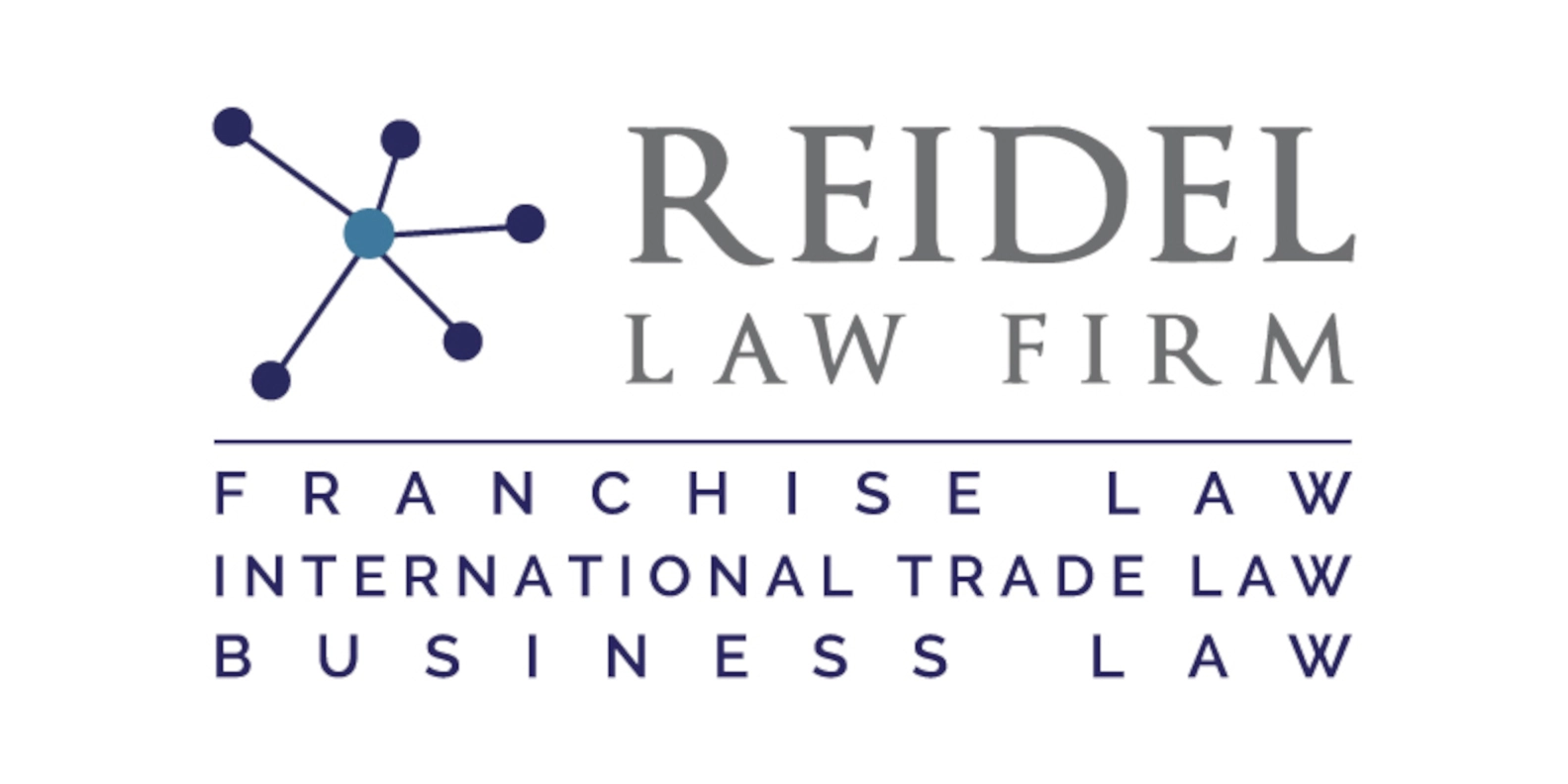

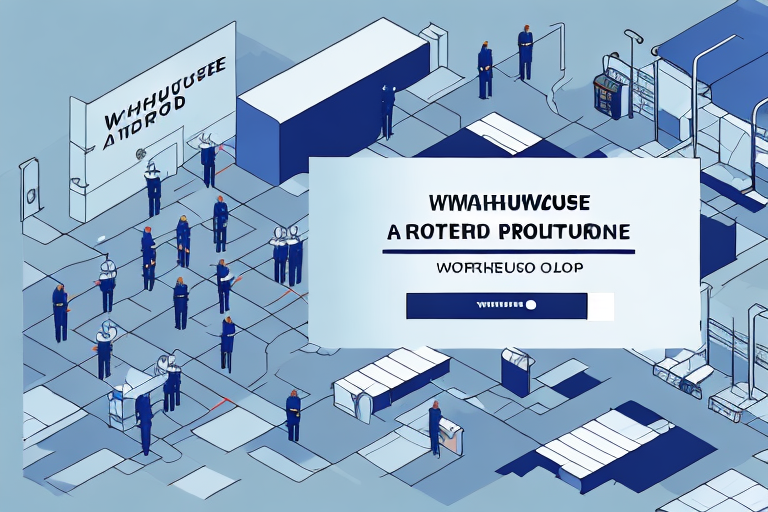
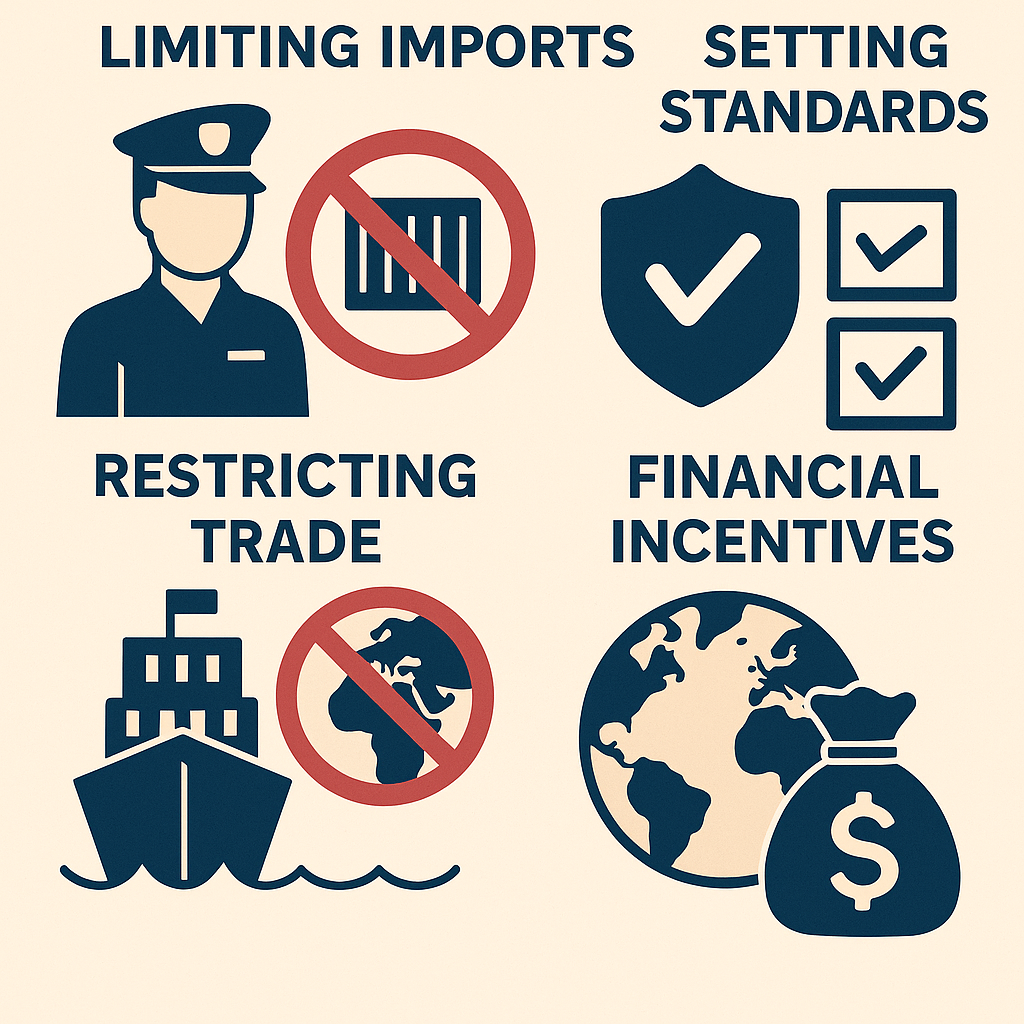
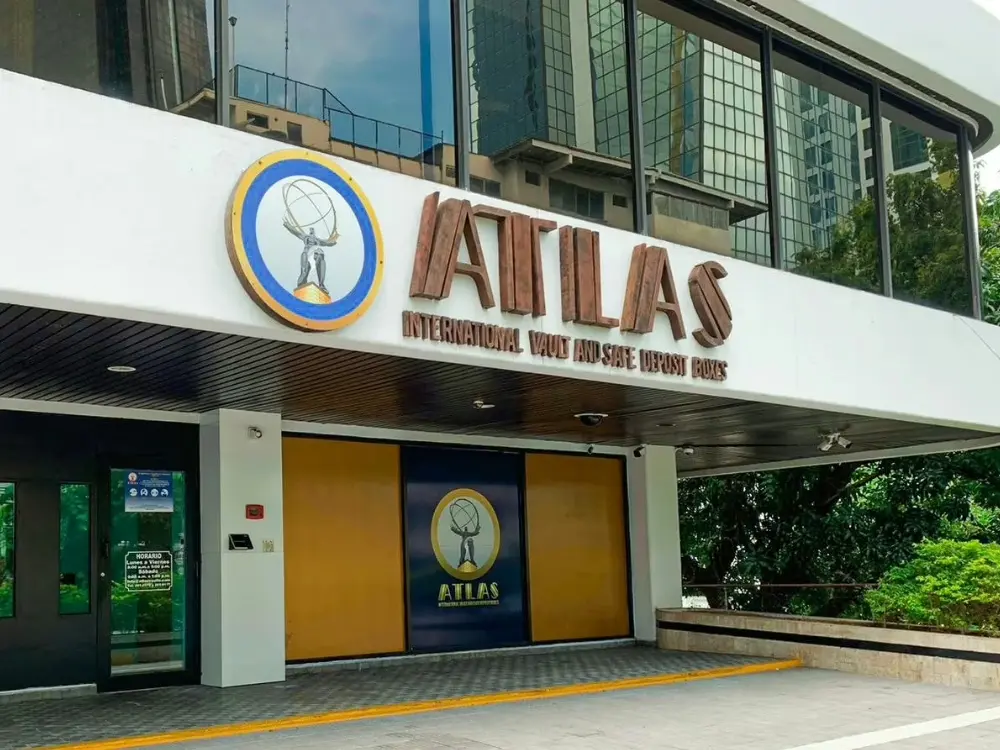

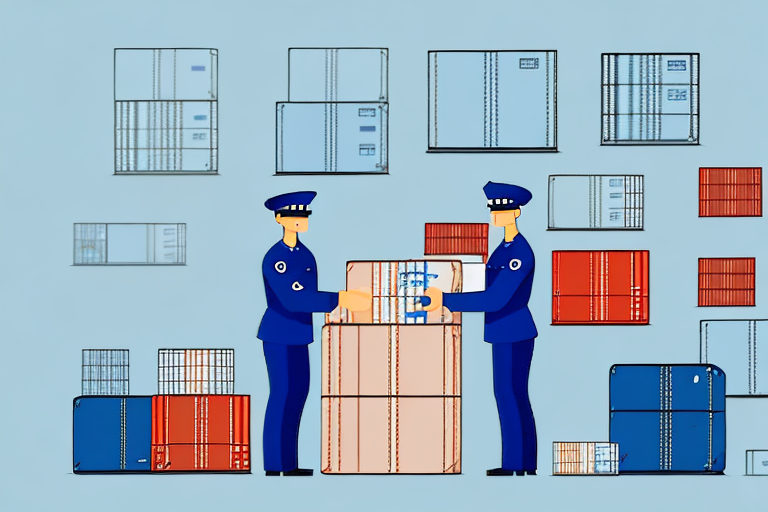
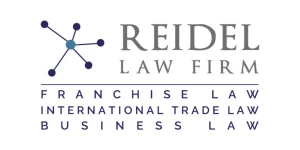
3 thoughts on “Bonded Warehouse Applications to CBP”
Comments are closed.